Biological Invasions: Patterns, Management and Economic Impacts
Alien—also called non-indigenous or non-native—species are defined as those species that colonize an area beyond their natural range, where they reproduce and establish a population. It is known that plants, animals and microorganisms have been intentionally transferred with human discovery voyages for centuries and, possibly, since the shift from foraging to agricultural and pastoralist societies. As a result, many ‘exotic’ species are now among our preferred foods, dearest pets, good-looking houseplants and decorative aquarium weeds, but most of them cannot be considered alien species, as they grow well only in artificially-controlled conditions or in protected environments. Conversely, alien species are capable of ready acclimation to novel habitats, where they may find themselves unconstrained by the limiting factors—both abiotic and biotic—typical of their original habitat. In these ‘favorable’ conditions, they might outgrow, and ultimately overthrow, resident organisms with which they happen to compete: in this case, alien species are often dubbed ‘invasive’. This book discusses patterns, management and economic impact of these biological invasions.
{{comment.content}}
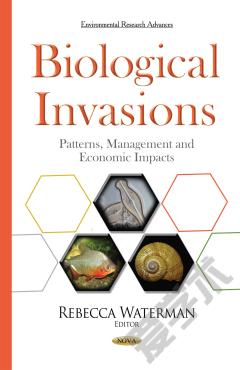
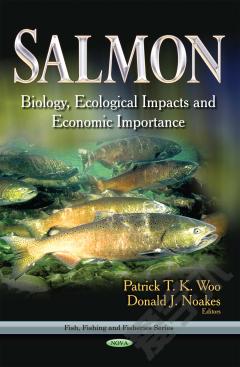
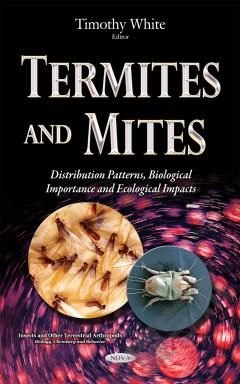
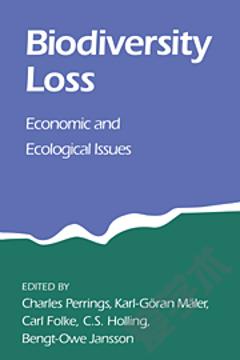
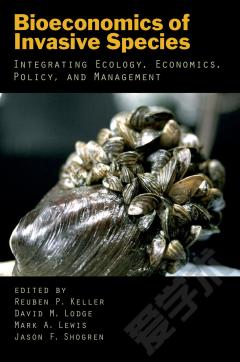
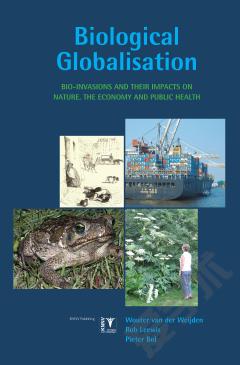
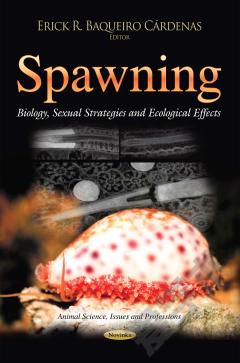

 京公网安备 11010802027623号
京公网安备 11010802027623号